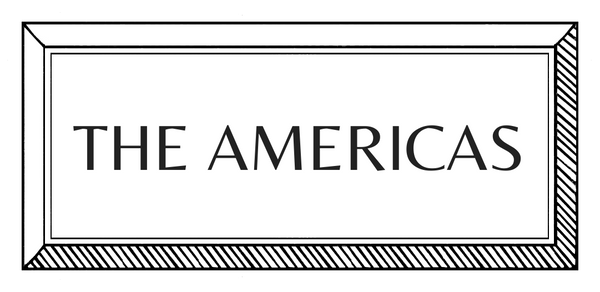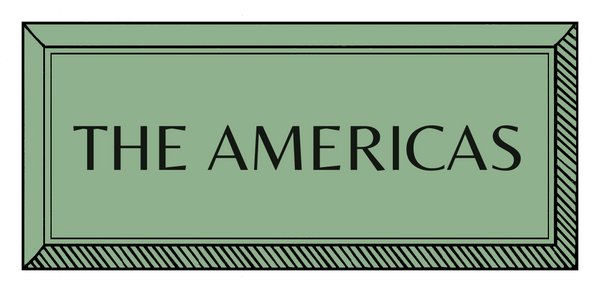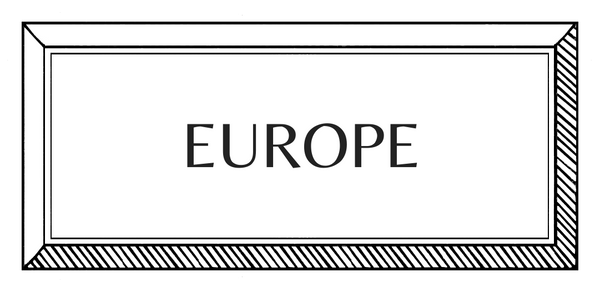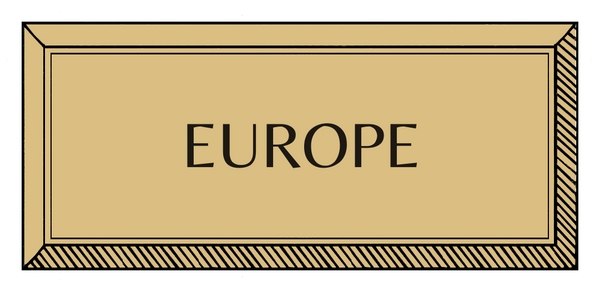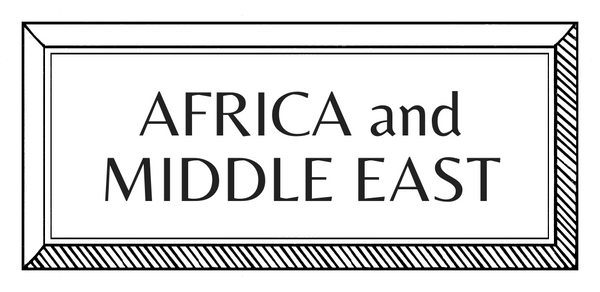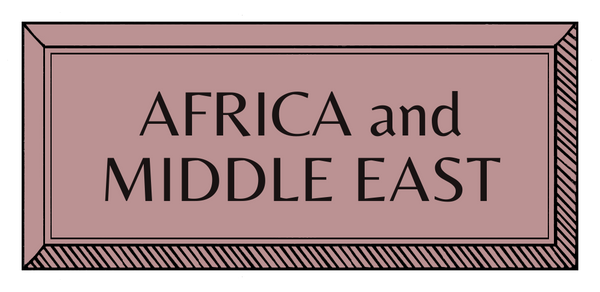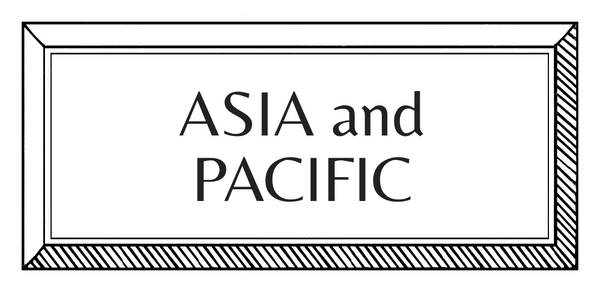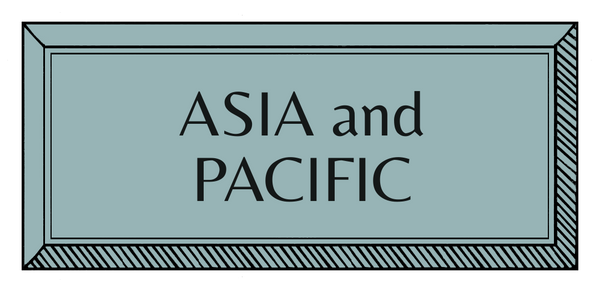MAKERS | EUROPE | SPAIN | PAPER
Wanda Barcelona | Paper Scenographers

The Wanda Barcelona trio – Inti Velez Botero, Daniel Mancini, and Iris Joval – push the boundaries of paper as an artistic medium with their ephemeral, immersive installations. Blending traditional craftsmanship with modern technology, the design studio has worked with the crème de la crème of the luxury industry, transforming delicate and humble sheets of paper, into grand spectacles of Wanda wonder. Inti Velez Botero shares their story.
How did you begin?
Wanda Barcelona was born the day Dani and I met, and even though we are both Colombian by birth, we can say it was a creative match made in Barcelona. It took some time to consolidate the studio, but it happened somewhere around 2002.
One random night in Barcelona, while I was in a bar folding origami from a beer label, a friend of a friend saw me and hired me to create all the origami for the opening of the first Muji shop in Spain. I needed help and immediately called Dani.
We shared a common background and creativity – we used our hands for everything. In a way, we were against "new technologies" and shared a love for the "old-fashioned": feeling the paper, enjoying the smell of glue, using scissors and knives – returning to our hands the power that machines and computers had stolen. For more than three years, every night we worked together. I was a full-time architect, while Dani was still at university and working as a waiter. We met late at night to work on projects that slowly began to appear. We often finished around midnight or later.
Then came the day we had saved enough money, decided to quit our jobs, and took the leap into the unknown. We rented a small studio in Barcelona in 2005. One day, we landed a big project and since Dani was still in university, Iris, a friend and local art student, stopped by the studio to help for a bit. To this day, she has not left that chair. She completed our creative trio: space, object, and sensation.

How did you learn?
As kids, we were both fans of origami. I was a hyperactive child, and my poor mother didn’t know what to do with me during my three-month summer holidays. The solution; a book and countless hours spent folding paper. Once I finished the book, my reward was a trip to the movies and Burger King. Dani learned how to make paper from scratch from a book he found in the library at age 12. By 14, he had started a small business called Daniel Mancini Arts & Design, crafting hand-bound notebooks made from handmade paper. He traveled across Europe twice with the profits.
I pursued Architecture, while Daniel double-majored in Industrial Design and Fine Arts. Neither of us studied Paper 1 or paper techniques at university. When we started Wanda, everything was trial and error. Over time, we’ve discovered new techniques, such as Popigami – a fusion of pop-up and origami – and have occasionally been victims of our own ambition, realizing that some ideas were simply impossible to execute. Now, after 20 years of experimenting and innovating with paper, we understand its limits and how far we can push this fascinating material. We've learned to transform it, manipulate it, and make it do what some might consider impossible.
Who or what most influences your work?
Nature is our most important source of inspiration, along with different cultures, music, and fashion. We love traveling the world and immersing ourselves in the diverse cultures that have shaped our contemporary world – from South America to Japan, from Canada to Australia. We are always in search of inspiration: in the use of colors and forms, in materials, and in how they transform the ordinary into something extraordinary. Of course, we have our favorites and frequently return to key references, such as Wright, Tadao, Olafur, and Piet Oudolf. However, inspiration can emerge from the most unexpected places, so we remain constantly attentive and open.

How do you plan, prepare and create your works?
We always create the initial prototypes by hand using scissors, knives, and paper. We sculpt, experiment, and refine them until we are satisfied. Afterward, we digitize everything, and for production, we use laser cutters to precisely cut each piece. But that’s only the beginning. Every single piece is then collected and transformed. We were never formally taught how to do what we do. Everything we’ve learned has come through trial and error. Sometimes, we’ve paid the price! But as a result, we now know when to say “yes” and when to pause and rethink.
Each project and each client tells a different story. We often don’t have much time to design, and most of the time, we need to travel around the world to set up our paper art installations. There’s always the design and production process, but on top of that, we have to consider logistics; packaging, customs, flights, teams, international laws, more customs, timing, and countless other factors. We embrace these challenges, and for us, every project is a new adventure.
What does a typical day look like?
No two days are ever the same. But when we are in Barcelona, a typical day starts at 10:00 a.m. after walking the dogs and exercising. We work all morning until lunchtime, usually bringing our own lunch from home and eating in the main dining area on the first floor. Then, we continue working throughout the afternoon, wrapping up around 8:00 p.m. and heading home. That’s a very, very typical day... but we don’t get those often as each project brings new challenges.
One more thing... What music do you listen to when you work?
The music at Wanda is an eclectic mix of just about everything imaginable. It’s always festive – if you walked past, you might mistake it for a 24-hour Latin disco.
A new maker or artist whose work excites you?
Jethro Buck.

Images from Wanda Barcelona, Thomas Lohr and Kiril Chakhnazarov

















